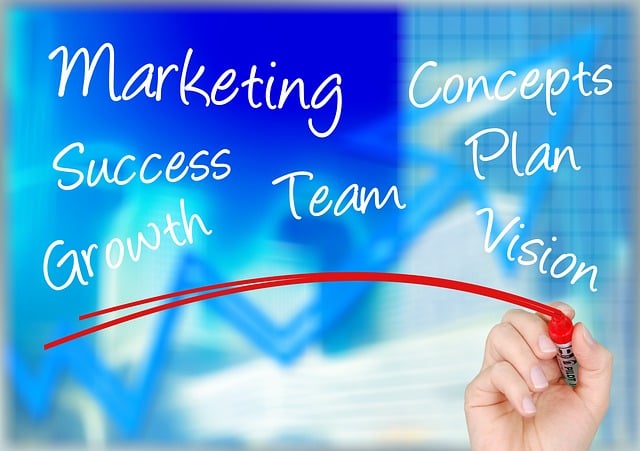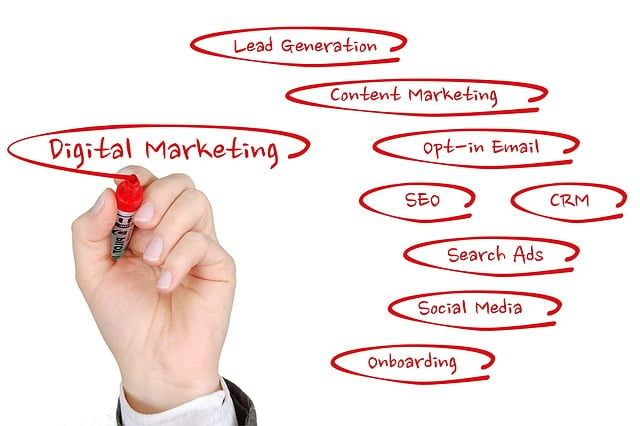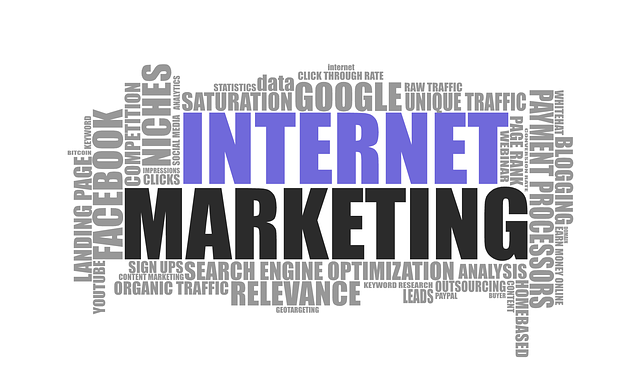Data engines powered by artificial intelligence (AI) are crucial for optimizing loyalty programs, significantly enhancing customer engagement and retention, and ultimately boosting return on investment (ROI) in member acquisition. AI algorithms process vast customer data to identify trends, predict preferences, and personalize experiences, fostering stronger loyalty. In a competitive market, businesses using robust data engines create dynamic loyalty programs tailored to individual needs, driving higher engagement rates. Measuring campaign success through AI campaign ROI is vital for gauging its impact on program performance. Strategic approaches focused on improving ROI can optimize data engine solutions and scale loyalty programs through personalized marketing, predictive analytics, real-time adjustments, and continuous monitoring.
Data engines are revolutionizing loyalty programs by harnessing AI to drive targeted, personalized campaigns. This article explores the transformative power of data engines in enhancing program effectiveness and maximizing member engagement. We delve into understanding these engines, measuring their impact through key metrics like AI campaign ROI for member acquisition, and outlining strategies to optimize and scale solutions for outstanding loyalty program results.
- Understanding Data Engines and Their Role in Loyalty Programs
- Measuring AI-Driven Campaign Success: ROI for Member Acquisition
- Strategies to Optimize and Scale Data Engine Solutions for Enhanced Loyalty Program Results
Understanding Data Engines and Their Role in Loyalty Programs

Data engines are powerful tools that leverage artificial intelligence (AI) and advanced analytics to optimize loyalty program strategies. These engines play a pivotal role in enhancing customer engagement, retention, and ultimately, the return on investment (ROI) for member acquisition. By analyzing vast amounts of customer data, from purchase history to behavior patterns, AI algorithms can identify trends, predict preferences, and personalise experiences. This level of customization is key to fostering stronger customer loyalty.
In today’s competitive market, businesses can no longer afford to operate without a robust data engine. It allows them to create dynamic and responsive loyalty programs that cater to individual member needs, driving higher engagement rates. Moreover, by continuously learning from customer interactions, these engines enable continuous improvement of campaign strategies, ensuring the program remains relevant and effective in driving business growth.
Measuring AI-Driven Campaign Success: ROI for Member Acquisition

Measuring the success of AI-driven campaigns is crucial for understanding their impact on member acquisition and loyalty program effectiveness. One of the key metrics to focus on is Return on Investment (ROI). By attributing the cost of each campaign to the acquired members, businesses can calculate the ROI by comparing the revenue generated from these members against the marketing expenses. This provides a clear indication of which AI campaigns are driving profitable member growth.
AI campaigns that target specific customer segments with personalized offers and communications have shown significant potential in enhancing member acquisition. For example, predictive analytics powered by AI can identify potential churners or dormant members who may respond positively to targeted re-engagement efforts. As these campaigns succeed in bringing more engaged members into the loyalty program, the overall ROI improves, demonstrating the value of AI in optimizing member acquisition strategies.
Strategies to Optimize and Scale Data Engine Solutions for Enhanced Loyalty Program Results

To optimize and scale data engine solutions, businesses can employ several strategies tailored to enhance loyalty program results and maximize AI campaign ROI for member acquisition. First, segmenting customer data allows for personalized marketing efforts that cater to specific groups’ preferences and behaviors. By leveraging machine learning algorithms, companies can predict which members are most likely to engage with targeted promotions, increasing the effectiveness of incentives.
Additionally, continuous monitoring and analysis of program performance metrics provide valuable insights into member behavior and satisfaction. This real-time data enables businesses to make informed adjustments to their loyalty strategies, such as tweaking reward structures or refining communication channels based on member feedback and campaign analytics. Such iterative improvements ensure that the loyalty program remains dynamic and aligned with customer expectations, ultimately driving better engagement and retention.
Data engines, powered by AI, are transforming loyalty programs by offering precise insights and measurable results. By understanding customer behavior through advanced analytics, these engines enable businesses to create highly targeted campaigns that drive significant ROI for member acquisition. Optimizing data engine solutions with strategic approaches ensures loyalty program success, fostering stronger customer relationships and long-term brand loyalty. This innovative use of AI technology is revolutionizing the way businesses engage their customers, leading to a more efficient and effective loyalty program ecosystem.
